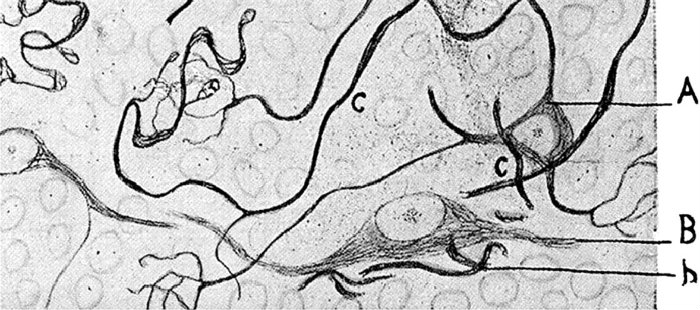February 21, 2015
It’s helpful to remember that the best conversations end in radiant aporia – an impasse of language and thought brought about through empathy and interconnection. When conversants exhaust their content and fall silent in an awareness of the world that conjoins them, they enact socially what meditators have always sought in private yogic experience.
